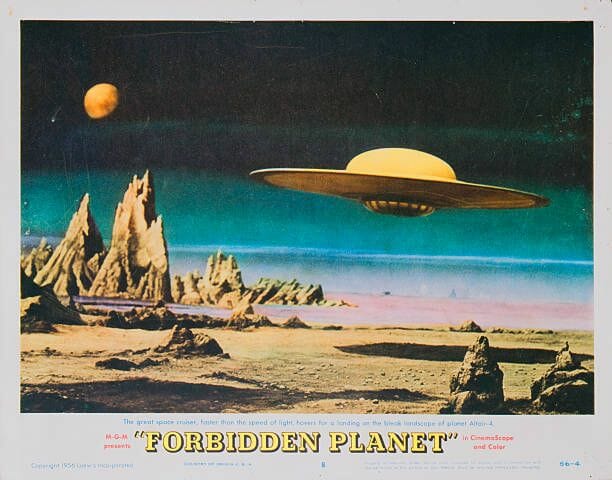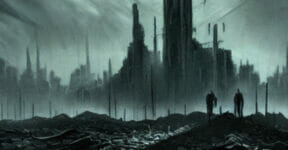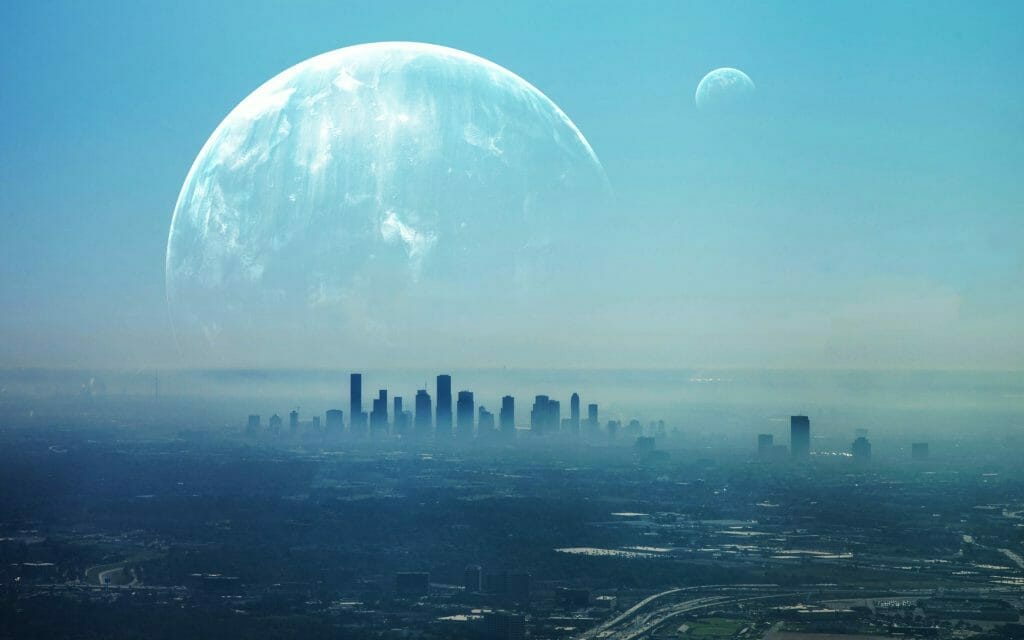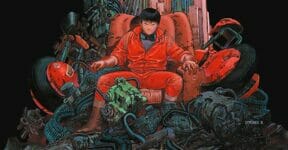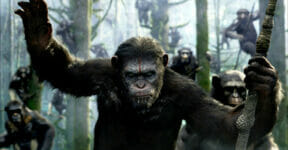Many 1950s sci-fi movie posters might be considered testaments of the genre’s prominence in the entertainment industry. They proposed farfetched ideas and often out-of-this-world madness, but looked great (and still do) nonetheless. Today, their classic appeal is nostalgic, reminding everyone of the dawn of an ever-evolving genre. As far as the movies themselves, many were as impressive as what the posters showed, some turned out worse, while others probably should have never been made at all. Check out the best and worst sci-fi 50s movies below.
Best Sci-Fi Movies of the 50s
The “Golden Age of Science Fiction Films” was the 1950s. It is not a reference for the quality of their screenplay, scripts, special fx, or even the acting, but simply the era when the genre took off in Hollywood. Many of those films were low-budget productions and the technicality couldn’t possibly survive in todays’ standards. That said, the time period produced some of the world’s most iconic and influential films.
Destination Moon (1950)
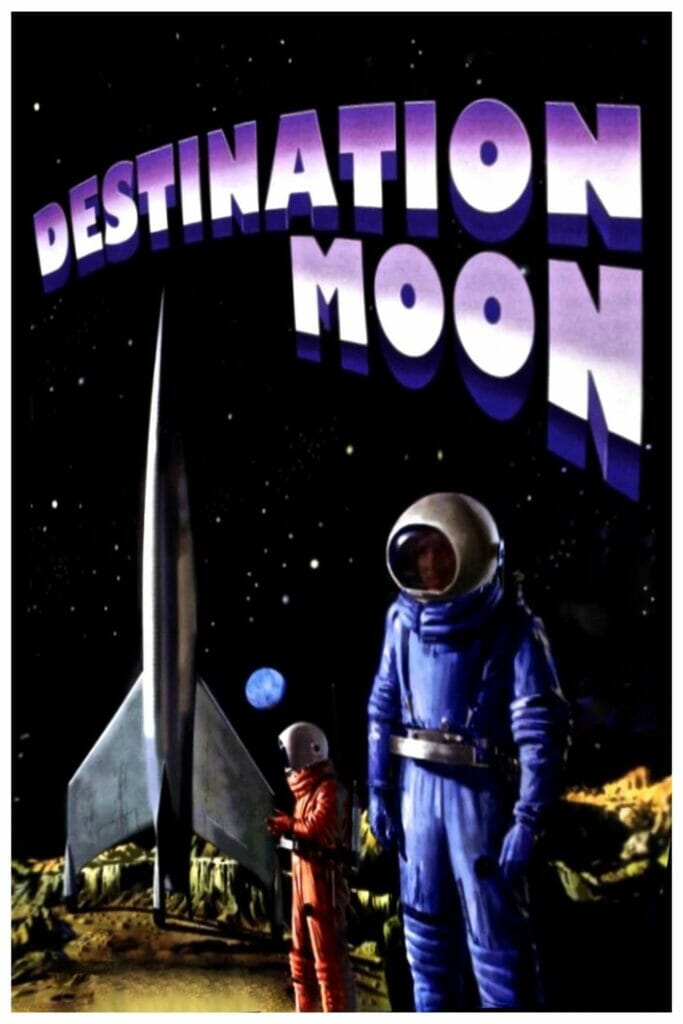
The arms race was still all the rage by the time Destination Moon came out in 1950. There was much effort to emphasize the science aspect in its approach to sci-fi with a lot of detailed explanation during the first scenes. Of course, the production team couldn’t possible know that sending a human to the moon was on its way to becoming an actual historical achievement. Despite the familiar human drama, the visual beauty alone was a praise-worthy distraction.
The Day the Earth Stood Still (1951)
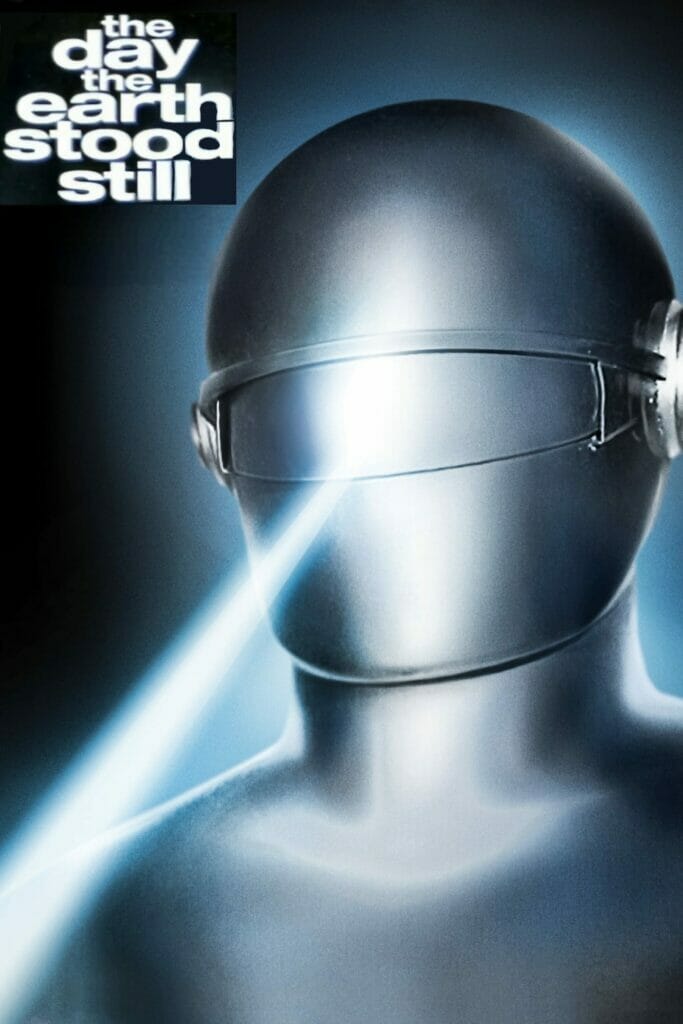
A film with a barely-concealed allegory for Christian values, The Day the Earth Stood Still somehow managed to stay relevant today. The 2008 remake might give it a more acceptable visual entertainment, but it couldn’t compare to the excitement brought to the genre by the original. It sent a clear message that mankind should have never done anything for their own benefits at the expense of the planet.
The Thing from Another World (1951)
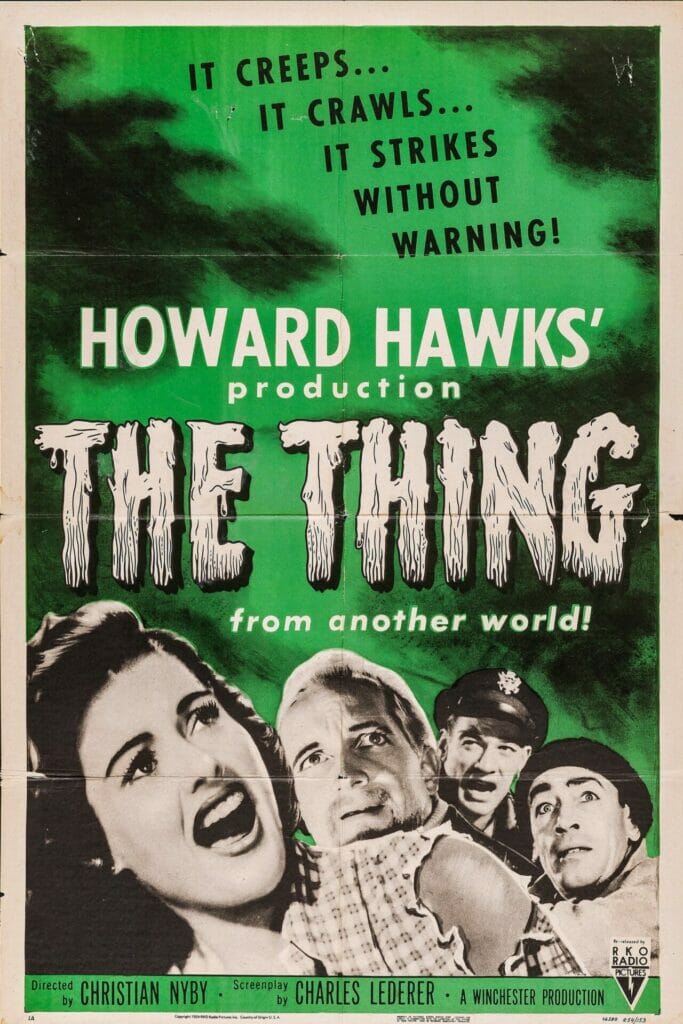
Unlike most sci-fi films in the era, The Thing from Another World took an entirely different route to avoid the trend of overblown special effects. In between all the scares – as indicated by the title – the bigger focus was on the interpersonal conflicts of the characters. The ideological rifts between the soldiers and the scientists served as a real warning for the next generation.
When Worlds Collide (1951)
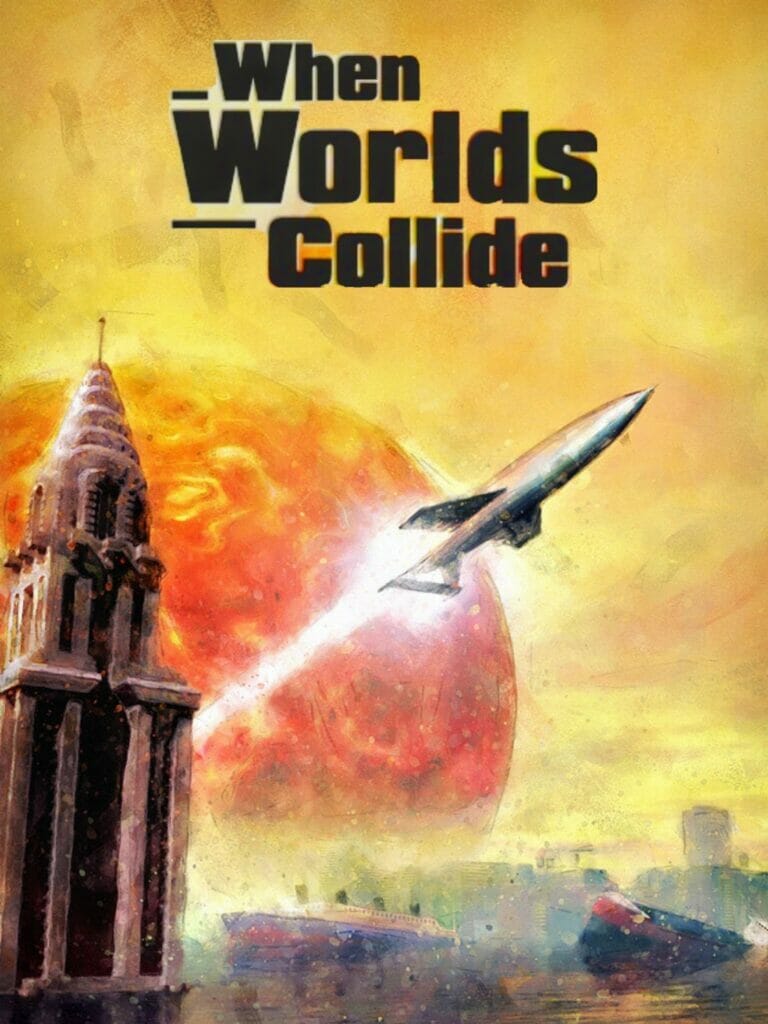
Some say The Day the Earth Stood Still took inspiration from the Bible, featuring a savior on a quest to save humans from themselves. Another sci-fi of the same year, When Worlds Collide, was said to have been loosely-based on the Old Testament. Any attempt to prevent mankind from destroying the planet would be futile, so wiping them out from the face of the Earth was the only viable solution. A space-age version of the Noah’s Ark was in order.
Them! (1954)
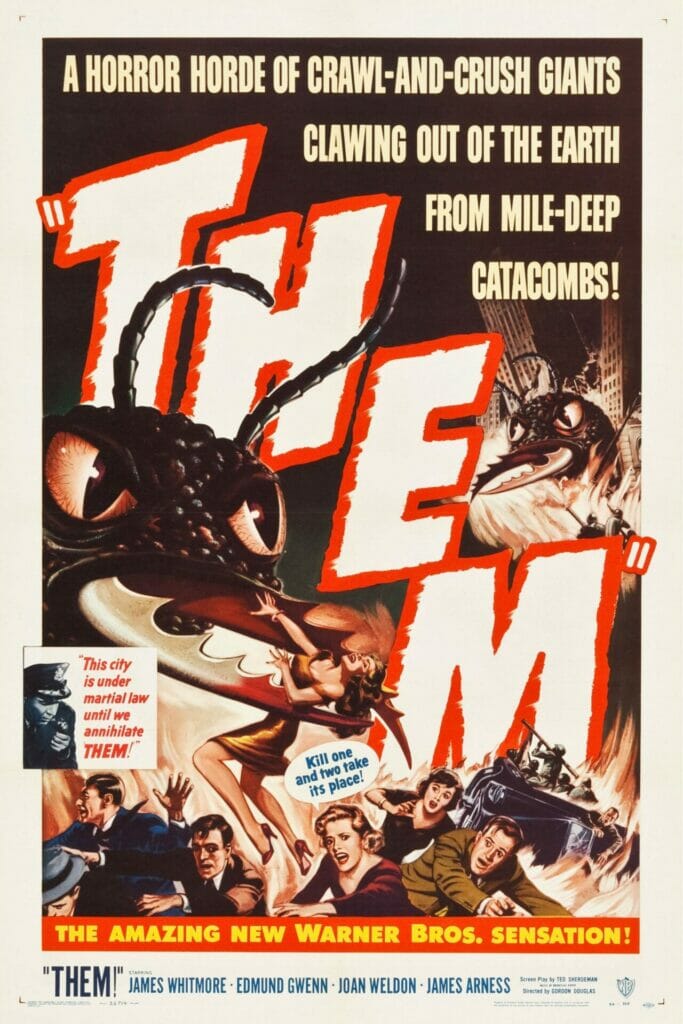
The monsters in the film actually were more frightening during their off-screen presence than in full view. They were supposed to be giant mutant ants, and the ant special effects might have worked back then, but today children have seen some pretty nightmarish stuff on TV. Nobody would take those cheesy effects seriously now. Nonetheless, thanks to a sharp script in its almost police-procedural plot progression, Them! delivered a fun, if not predictable, sci-fi flick.
The Incredible Shrinking Man (1957)
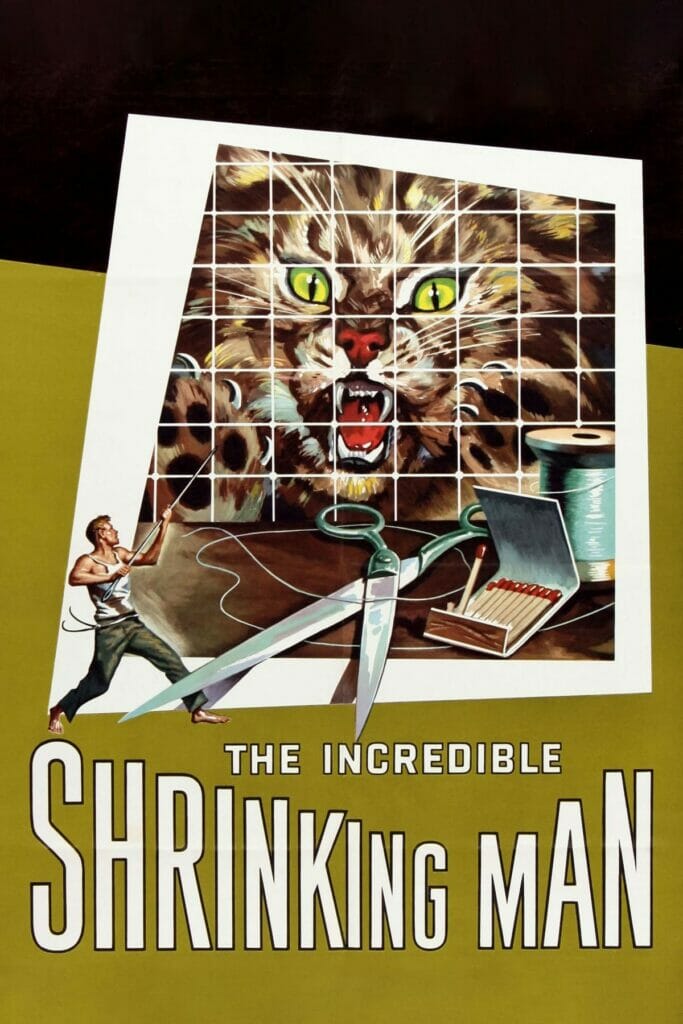
At the beginning, things had been nothing but routine for Scott until his miniaturization happened. The familiar world he used to know suddenly was non-existent as now everything for him looked like a colossal strange jungle ruled by giants. The Incredible Shrinking Man pictured a blatant emasculation satire of 1950s American male. It was imaginary and funny, yet terrifying and ferocious at the same time.
The Fly (1958)
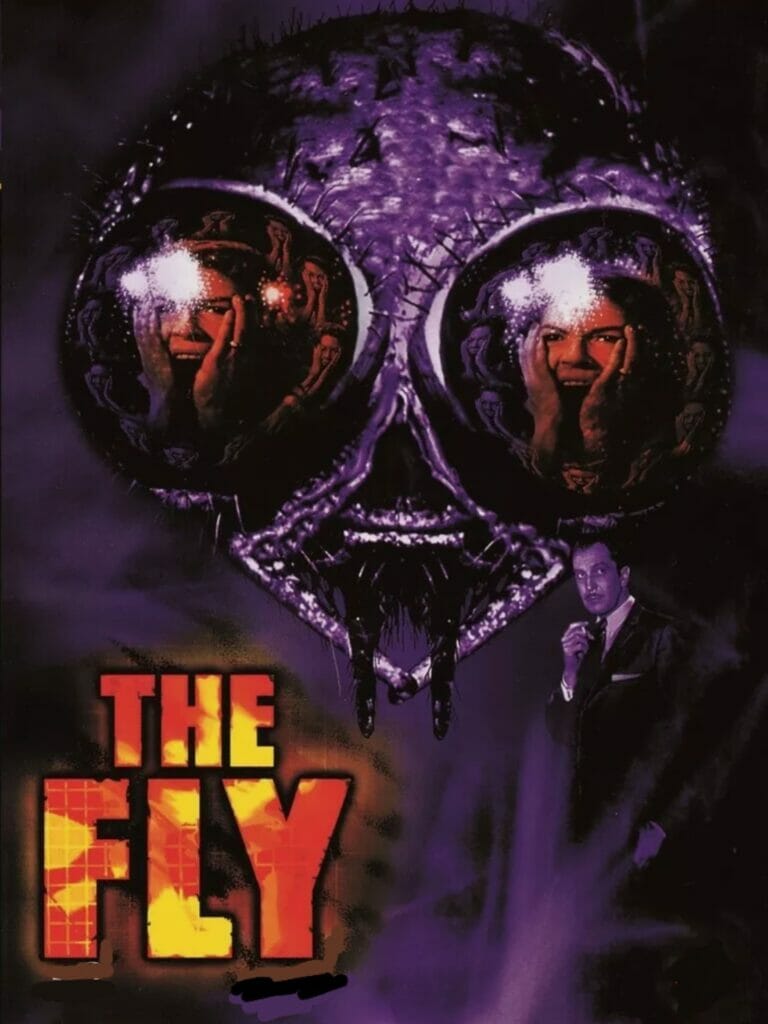
Approaching the end of the decade, the sci-fi genre produced one of the weirdest tales of vengeful nature and domestic disorder in The Fly. There was more than enough creepiness to savor here: an unsuspecting family home that hid a cutting-edge laboratory inside, a teleportation device, a wife forced to crush her husband in a hydraulic press, and of course a fly with human head in a spider’s web. The monstrosity and oddity were in full flow.
Journey to the Center of the Earth (1959)
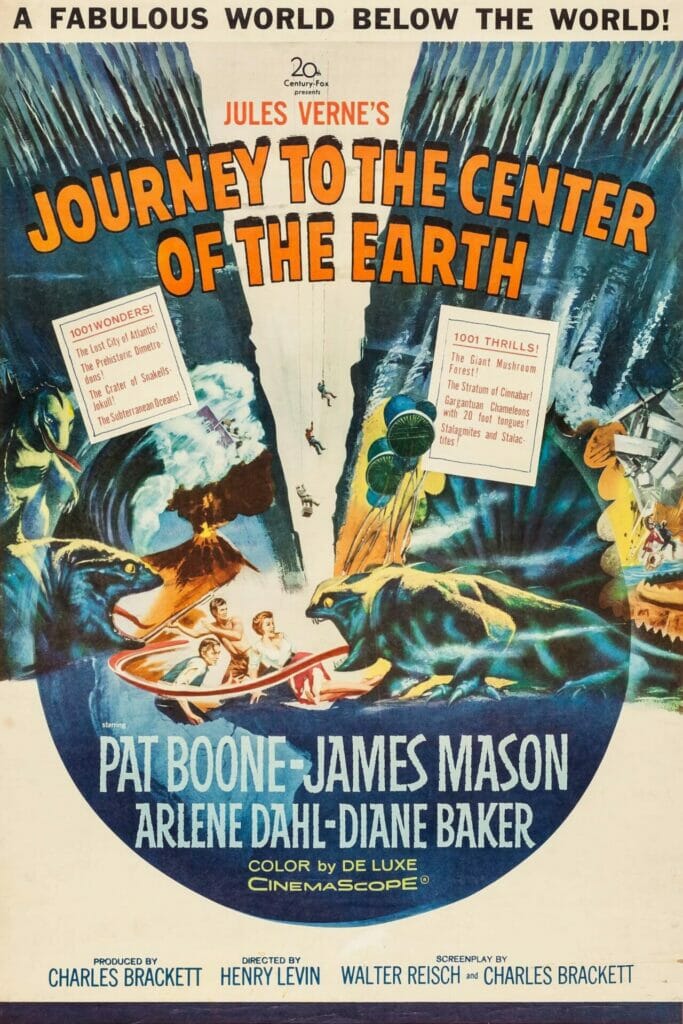
See beyond the unmistakably-iguana “dimetrodons” and the moderately decorated lost city of Atlantis, and then you could appreciate the spirit of an adventurous boy in the original Journey to the Center of the Earth. For some, the film probably appeared like a poor spin-off of Disney’s “20,000 Leagues under the Sea” released in 1954. For the most part, it proved to be energetic and full of bizarre interludes to stand strong on its own.
The War of the Worlds (1953)
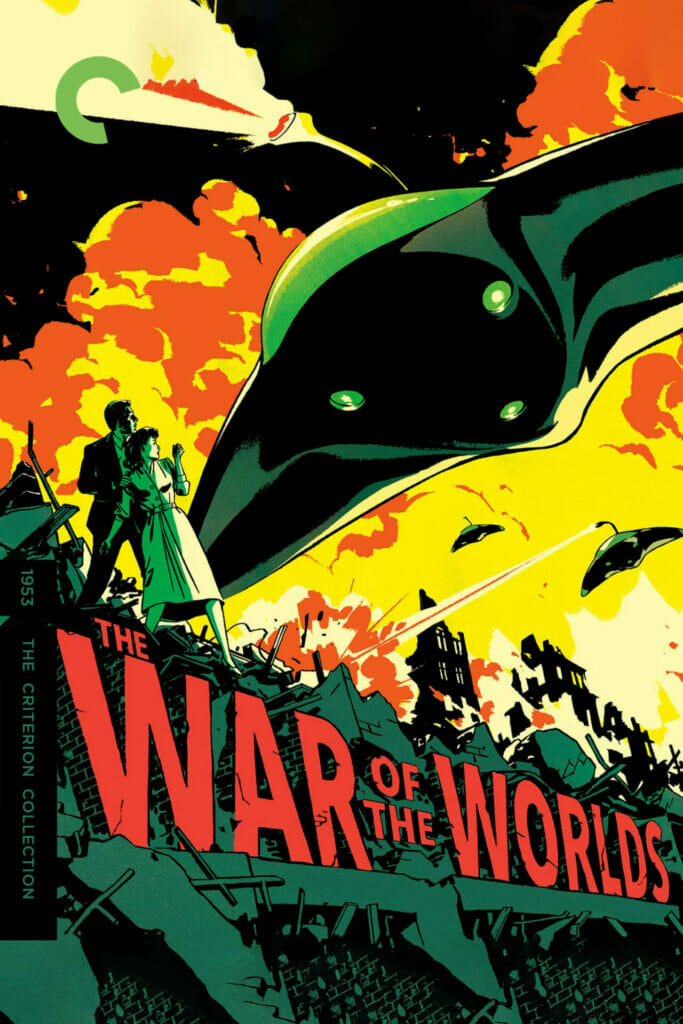
An advanced, mindful, yet remorseless alien race has been a staple of every nearly extraterrestrial invasion story. An idea penned by H. G. Wells in his The War of the Worlds novel was first adapted into the screen in 1953. The film of the same name painted a picture of how an attack would trigger a breakdown of social order and destruction of homes and families. Spielberg’s 2005 remake intensified the spectacle.
Invasion of the Body Snatchers (1956)
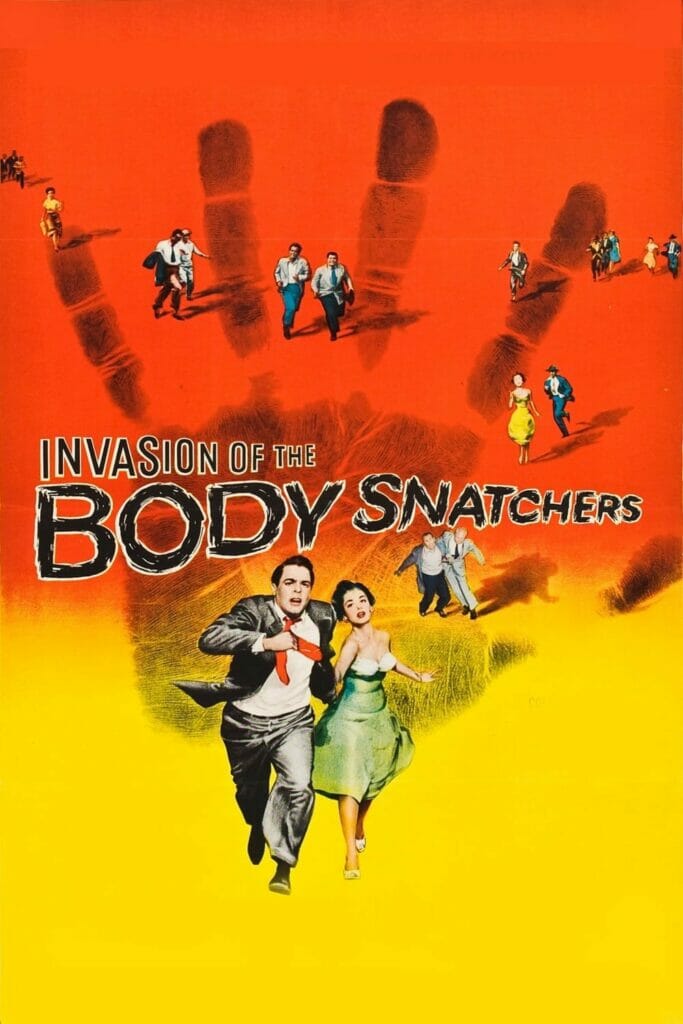
It was the ambiguity of our country’s ideological line that made Invasion of the Body Snatchers a notable film. On the surface, the story allegorized the threat of communism hovering over ordinary Americans. At the same time, the film also brought the premise of why people simply accepted the official national ideology without question at all.
Best from the Bunch – It Came from Outer Space (1953)
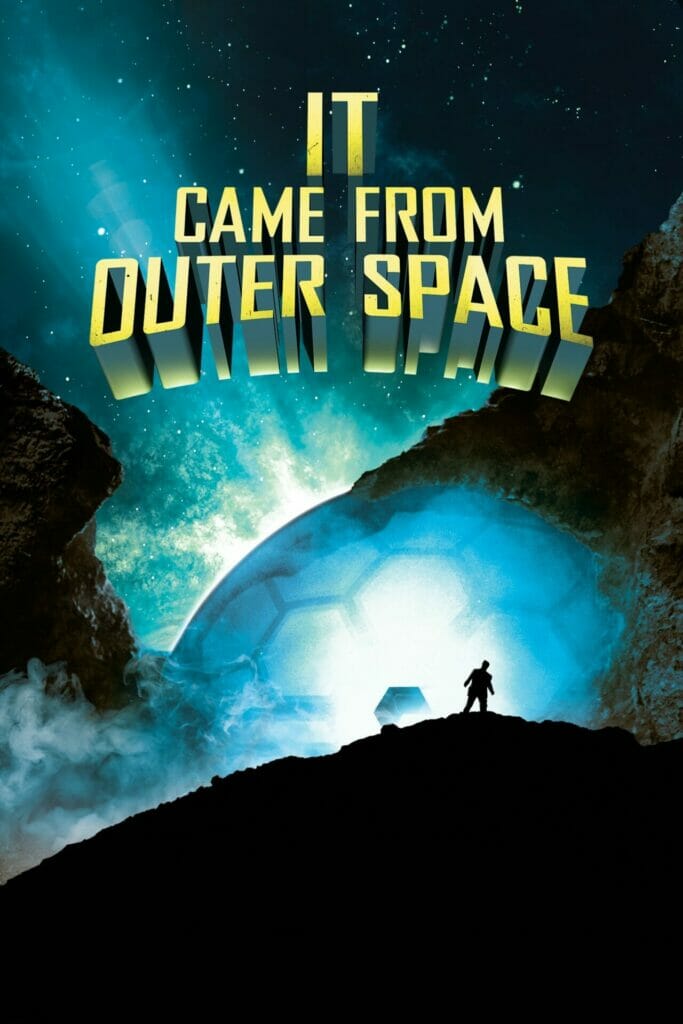
It looked as if the event in It Came from Outer Space took place after the story of The Day the Earth Stood Still as it offered a more benevolent extraterrestrial threat than Invasion of the Body Snatchers did several years later. The visual effects were extensive right from the beginning but it was the innovative alien POV style that captivated the audience.
The Most Popular – Forbidden Planet (1956)
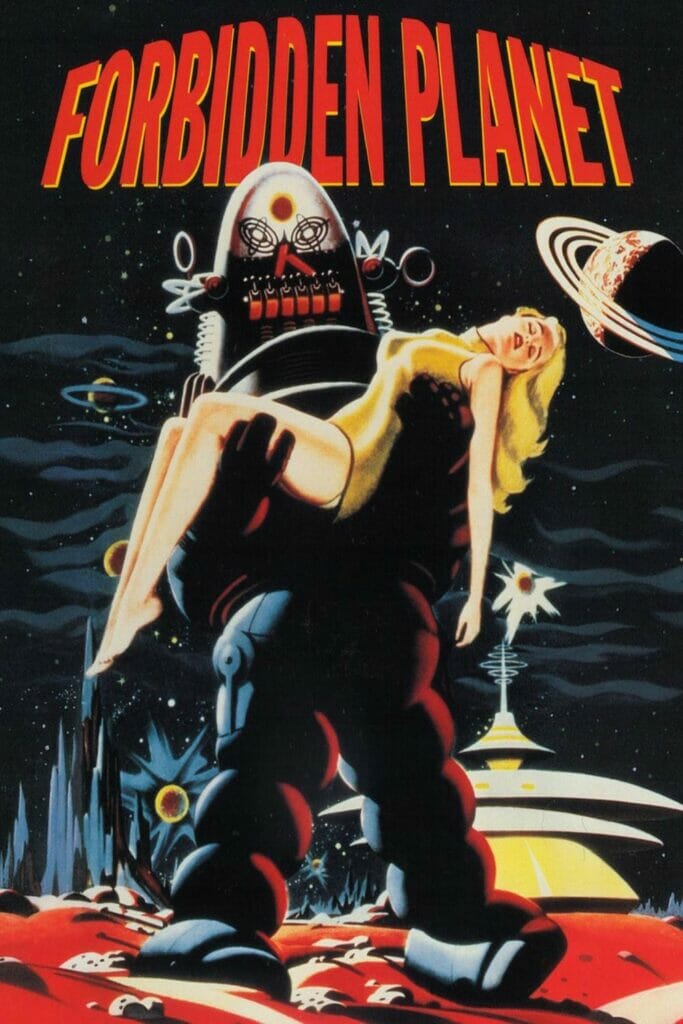
A film largely regarded as the inspiration behind Star Trek series, Forbidden Planet featured top-notch designs and was set entirely in space. While most science fiction films from the time period focused on either the threat of alien invasion or monstrous creatures from far-away galaxy, Forbidden Planet had another premise in mind. It explored the possibility of humans discovering an extinct alien civilization. The film also was one of the most popular and commercially successful from the era, scoring $2.76 million ($27.5 million adjusted for inflation) revenue against a production budget of $2 million ($19 million in today’s money).
Worst Sci-Fi Movies of the 50s
Some films earned fame thanks to groundbreaking ideas and great storytelling, others made history for being worse than everything else. The worst ones are listed below.
Beginning of the End (1957)
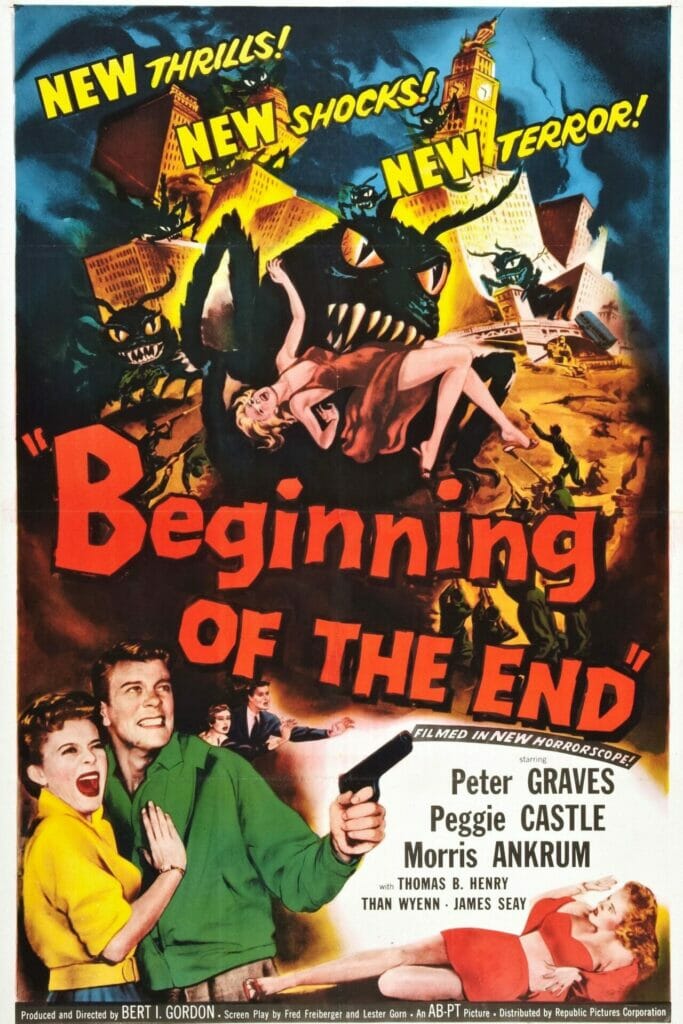
The opening scene of the film said “an experience no one on Earth has ever known before.” The super villains in Beginning of the End were giant grasshoppers, portrayed by some 200 real life grasshoppers. The film’s goofiness could only be matched by its own atrociousness.
Killers from Space (1954)
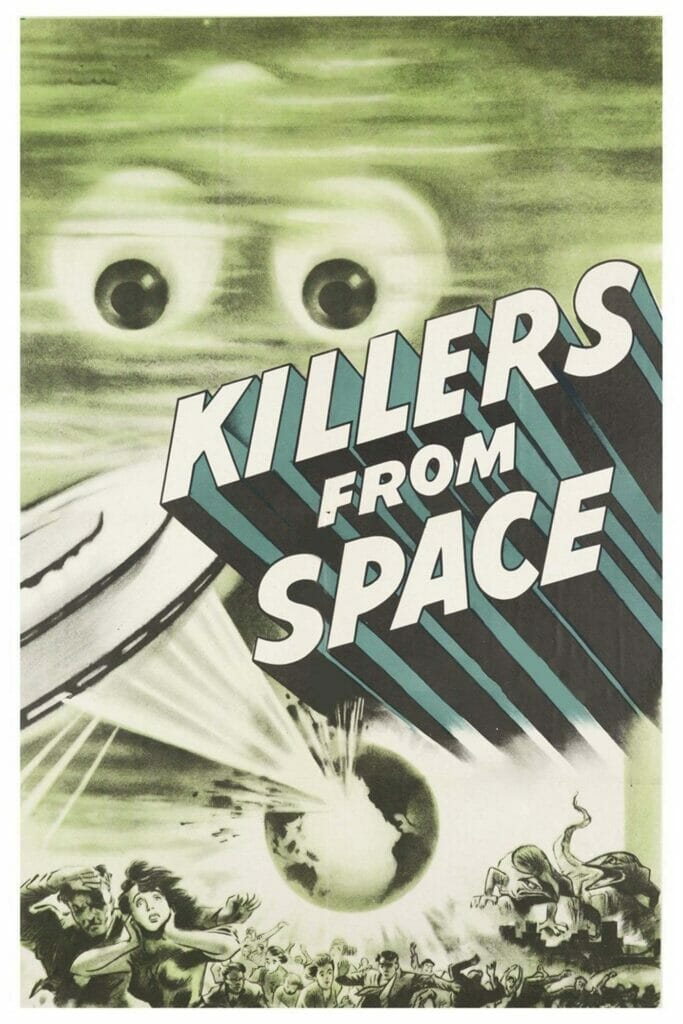
If a visual disaster had a clearly-defined benchmark for hideousness, Killers from Space would have fallen considerably below the threshold. The visual effects were largely regarded as a complete failure, earning the film a spot as one of the worst sci-fi features ever made.
King Dinosaur (1955)
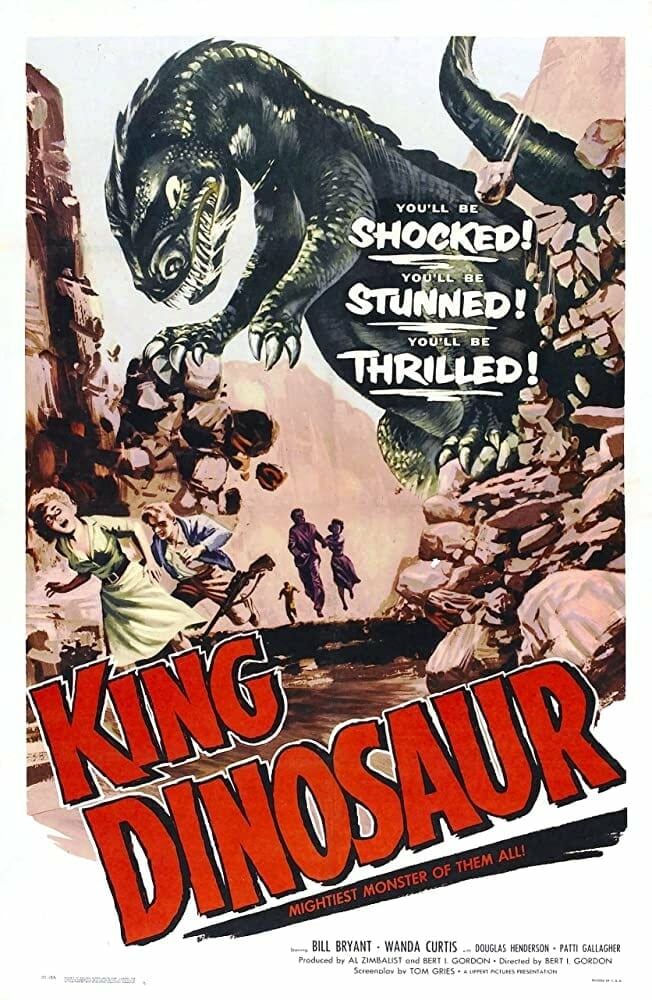
Low-budget productions were nothing unusual in the 1950s. King Dinosaur could be the lowest of them all. The dinosaur in the film is close-up shots of iguana. It actually had a T-Rex prop, which turned out to be as bad as the acting.
From Hell It Came (1957)
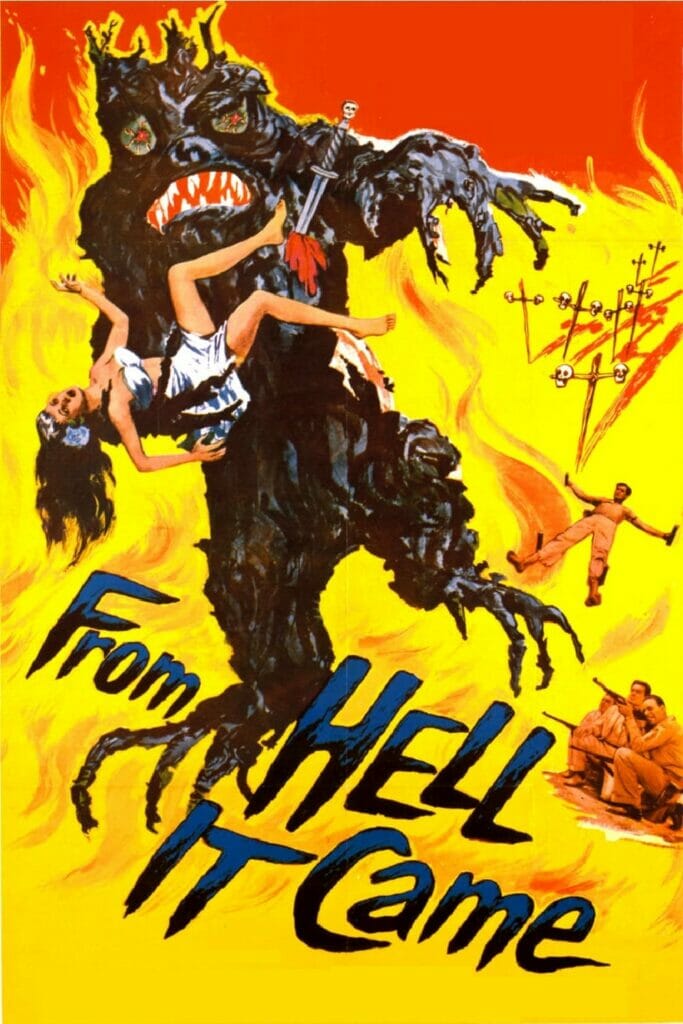
Set on a remote Pacific island, From Hell It Came told the story of a prince, who had been executed and reincarnated as tree-stump monster. In spite of the poorly-designed costume, the monster was the only thing in the movie that actually worked. Nothing else did.
Cat-Women of the Moon (1953)
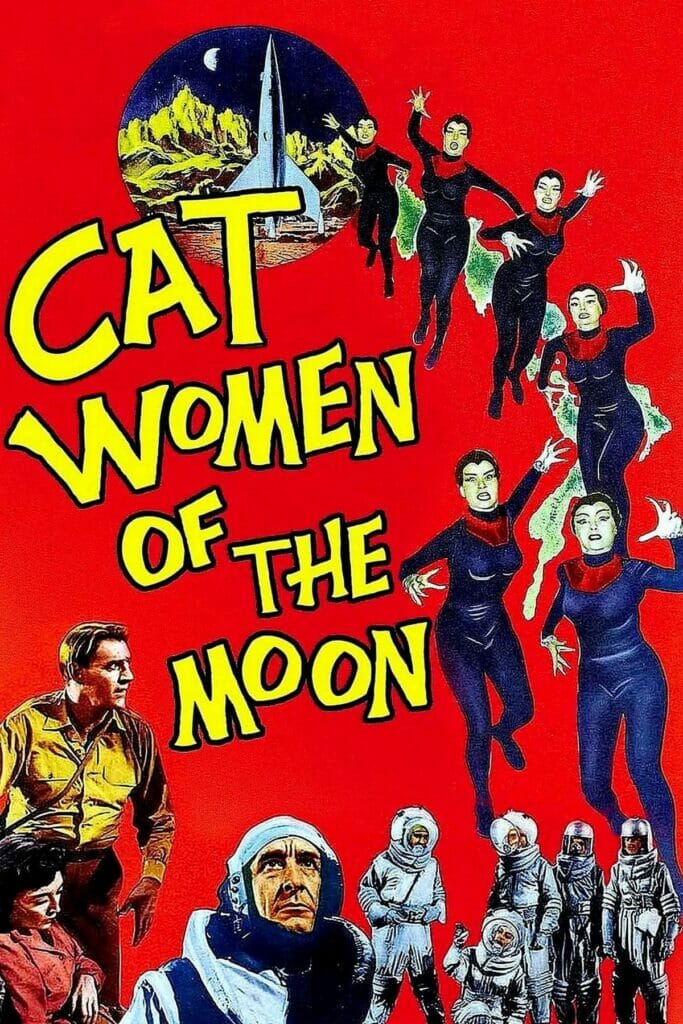
As the title says, the film featured a voyage to the moon where the astronauts discovered a secret place inhabited by some exotic dancers in cat suits. It also had a giant spider. All we can say is, “Bleah!”
Robot Monster (1953)
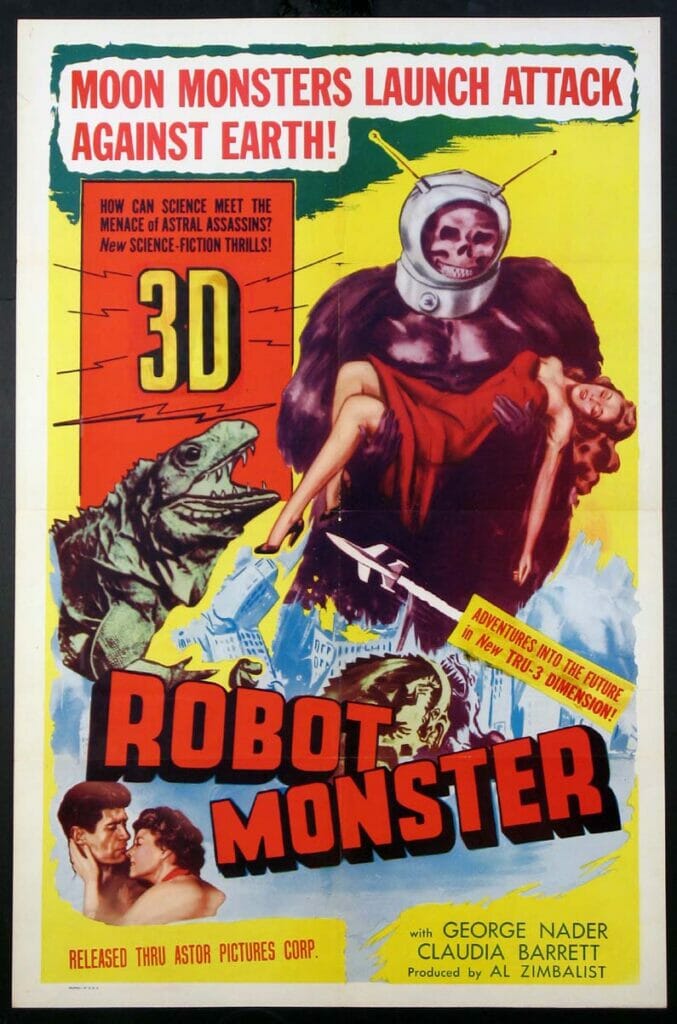
Here is another case where the poster maker should have probably made the film instead: Robot Monster. Understandably, films from the era were not big-budget productions, and yet director Phil Tucker didn’t even bother having the monster done right. Imagine someone in a gorilla suit wearing a diving helmet, and you get the idea.
Worst of Them All – Plan 9 from Outer Space (1957)
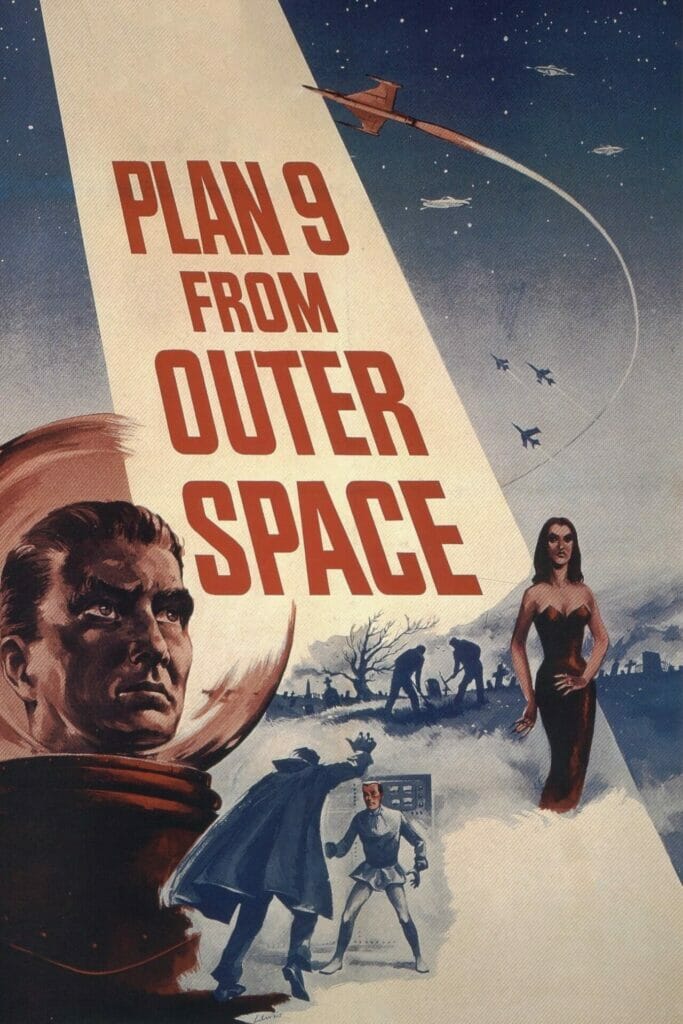
The case where the poster is better than the film itself couldn’t be truer than with Plan 9 from Outer Space. The epitome of “so bad it’s good” was born from this film. Apart from the poor acting and non sequitur dialogue, even the special effects couldn’t be any worse. It was so terrible you have to watch it to believe it.
We love the old sci-fi movies from the 1950s, even the worst ones. The difference is knowing what you are about to watch. If it’s a good flick, you’ll enjoy it and appreciate the special effects that were available in that era. If it totally sucks, and you know it, then perhaps it’s best to watch the bad movies with a stiff drink and a laughable attitude.
What do you think about these sci-fi movies made in the 1950s? Do you think the bad ones are as bad as we said? Let us know. We’d love to hear from you.
If you liked this then check out, Who is Rey in Star Wars and What Makes Her Such an Important Character?
Other things you might want to know about.
Who are some of the actors from the 1950’s from these films?
According to IMDb.com there are quite a few actors from this genre. Here are some with the movie or shows they were connected to.
- Morris Ankrum—In a Lonely Place (1950)
- Gloria Talbots—All That Heaven Allows (1955)
- Yvette Vickers—Attack of the 50 Foot (1958)
- Jeff Morrow—This Island Earth (1955)
- Paul Birch—Queen of Outer Space (1958)
- Thomas Browne Henry—20 Million Miles to Earth (1957)
- Richard Carlson—Creature from the Black Lagoon (1954)
- Faith Domergue—This Island Earth (1955)
- Kevin McCarthy—Invasion of the Body Snatchers (1956)
- Beverly Garland—The Alligator People (1959)
- Allison Hayes—Attack of the 50 Foot Woman (1958)
- John Hoyt—When World’s Collide (1951)
- Kenneth Toby—The Thing from Another World (1951)
- Les Tremayne—The War of the Worlds (1953)
- Grant Williams—The Incredible Shrinking Man (1957)
- Bruno VeSota—Attack of the4 Giant Leeches (1959)
- Warren Stevens—Forbidden Planet (1956)
- John Zaremba—20 Million Miles to Earth (1957)
- Tor Johnson—Plan 9 from Outer Space (1957)
- Morgan Jones—Forbidden Planet (1956)
For more information on this topic check out IMBd.com
Why was science fiction popular in the 1950’s?
According to filmreference.com there were several reasons that science fiction became so popular.
- After WWII the movie industry was floundering.
- Suburbia and the baby boom kept people at home and watching TV. To lure viewers to the movie houses many films were being produced in wide-screen formats. Movies started being filmed in color and had gimmicks such as 3-D.
- The science fiction and horror films were designed for the less mature audiences and were marketed to this group.
- Science fiction and horror became the preferred genre of the newly emerging low-budget, independent film movement.
- The popularity of these films was linked to the mounting nuclear anxieties at the time.
For more information on this topic check out the article called ‘The Golden age of the 1950’s’ on filmreference.com
Who were the pioneers of science fiction?
According to insidescience.org Herbert George Wells was the number one pioneer of this genre. The book was War of the Worlds and it was published in 1898. He was born on September 21, 1966. He was more famously known as H.G. Wells. Other notable pioneers were Jules Verne from France, Hugo Gernsback (an Luxembourg-born American), and England’s Mary Shelley.
For an interesting read, check out the article called ‘Science Fiction Pioneer H.G. Wells Turns 150’ by Joel Shrukin (contributor) on insidescience.com

